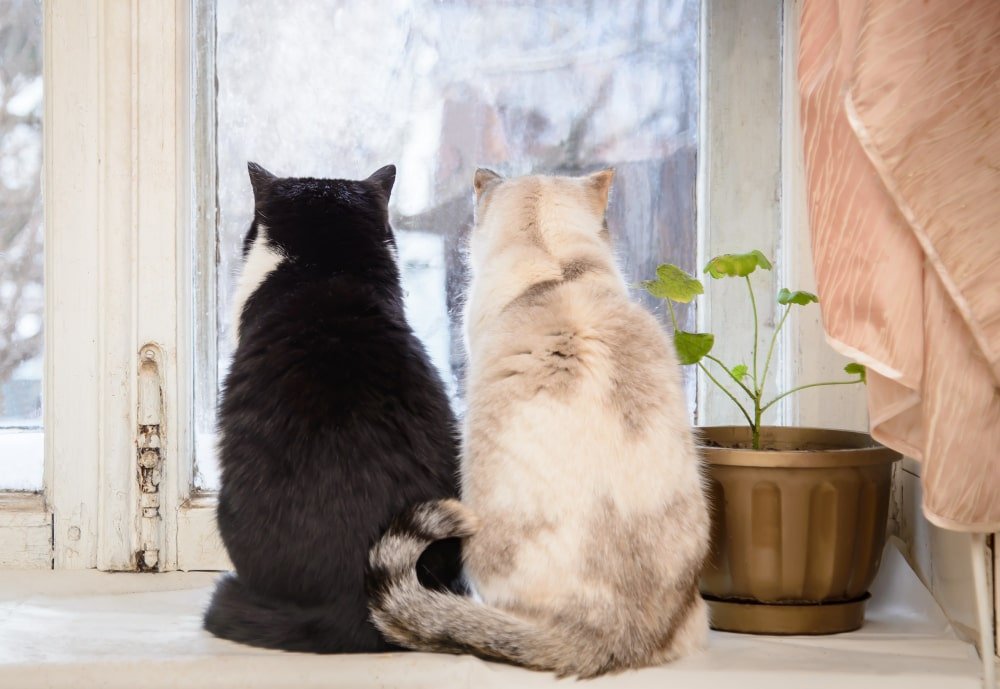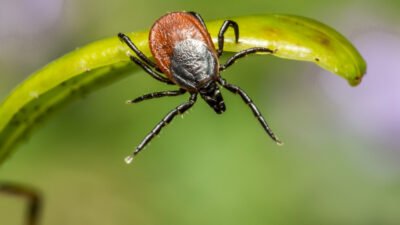Table of Contents
Average Lifespan of a Cat
On average, cats live between 10–15 years.[¹] However, certain breeds or well-cared-for cats may exceed this range, with some reaching their 20s or even 30s.
According to the Guinness World Records, the oldest recorded cat is Creme Puff, a domestic shorthair born in 1967, who lived up to 38 years and 3 days, passing away in 2005.[²]
Notably, some breeds tend to have longer lifespans than others. For example:
Factors That Affect a Cat’s Lifespan
Several elements influence how long a cat might live:
1. Diet Quality
Cats that lack a balanced, nutritious diet are more vulnerable to health issues. Malnutrition, parasites, or diseases can cause long-term effects, ultimately reducing their lifespan.
2. Living Environment
Outdoor cats generally live shorter lives than indoor ones. Outside, they face risks like traffic, wild animals, poison, starvation, and exposure to disease. Simply put: the more time a cat spends outside, the higher the risk to its health.
3. Health Care and Hygiene
Preventive care and hygiene play major roles. Small, untreated health issues can develop into life-threatening conditions. Regular vet visits and keeping your cat clean are essential to long-term well-being.
How to Take Care of Your Cat

To keep your cat healthy and potentially extend its lifespan, follow these guidelines:[³]
- Regular Vet Visits: Even if your cat appears healthy, routine check-ups can catch hidden problems early.
- Healthy Nutrition: Provide a high-protein, low-carb diet, avoiding processed food. Make sure your cat stays hydrated.
- Physical Activity: Encourage play and movement to prevent obesity and maintain energy levels.
- Love and Attention: Show care and affection. A happy cat is a healthy cat.
Life Stages of a Cat
Cats go through several life stages, each with its unique traits and needs:[⁴]
| Stage | Age Range | Description |
|---|---|---|
| Pre-Adulthood | 0–6 months | Rapid growth phase. Kittens require extra care and nurturing. |
| Adulthood | 6 months–3 years | Fully grown physically and behaviorally. Highly active and learning survival. |
| Middle Age | 7–10 years | Comparable to humans in their mid-40s to 50s. |
| Senior (Post-Midlife) | 11–14 years | Equivalent to a human in their 70s. |
| Geriatric (Old Age) | 15+ years | Not all cats reach this stage. Requires more attention and medical support. |

Summary Table: Cat Lifespan Insights
| Living Condition | Average Lifespan |
|---|---|
| Indoor Cat | 13–17 years |
| Outdoor Cat | 3–7 years |
| With Regular Vet Visits | Up to 20+ years |
| Poor Diet/No Care | Often below 10 years |

FAQs
Q1: What is the longest a cat has ever lived?
A: The oldest cat on record is Creme Puff, who lived for 38 years and 3 days.
Q2: Do indoor cats live longer than outdoor cats?
A: Yes. Indoor cats are safer from accidents, diseases, and predators, which contributes to longer lifespans.
Q3: How often should I take my cat to the vet?
A: At least once a year, or more often for older cats or those with health issues.
Q4: Can a cat’s breed determine how long it lives?
A: Breed can influence lifespan. For example, Siamese and Burmese cats often live longer than others.
References
[1] Average Cat Lifespan – American Veterinary Medical Association
[2] Guinness World Records – Oldest Cat Ever: Creme Puff Record
[3] Cat Nutrition & Care Tips – International Cat Care
[4] Feline Life Stages – Cornell Feline Health Center
Read More: Walking and Burning 1000 Calories: How Every Step Counts





